The last three postings were products of a seasonal trip from Kootenay Lake to the Coast. Delights such as the Snowy Owls and the Snow Geese merited a posting of their own. But, what else was seen? Herein lies the journey’s residua.
For me, the most unexpected sighting was that of Mute Swans. A native of Europe, this species was imported to a Victoria park about 1889. It has now established feral populations on Vancouver Island and the Lower Mainland. Indeed, recently some have been spotted as far east as the Okanagan, so they may ultimately reach Kootenay Lake to add to the two native species: Tundra and Trumpeter Swans.
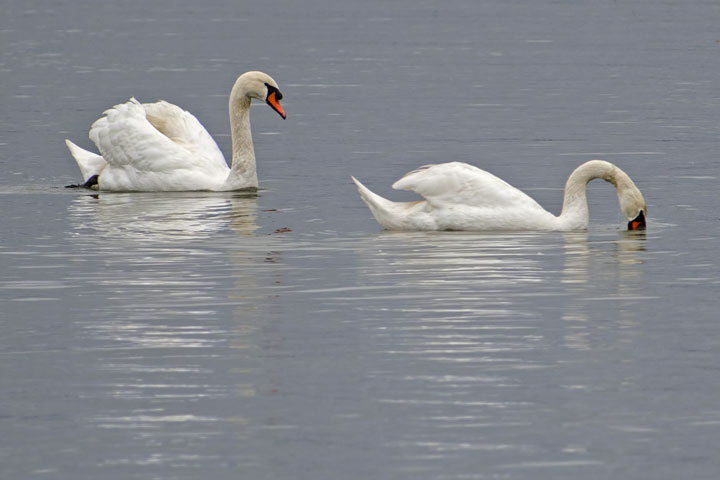
Not far from the Mute Swans, there were some Trumpeter Swans foraging in a field. This was interesting because, around Kootenay Lake, I have only seen them dabbling in the Lake.
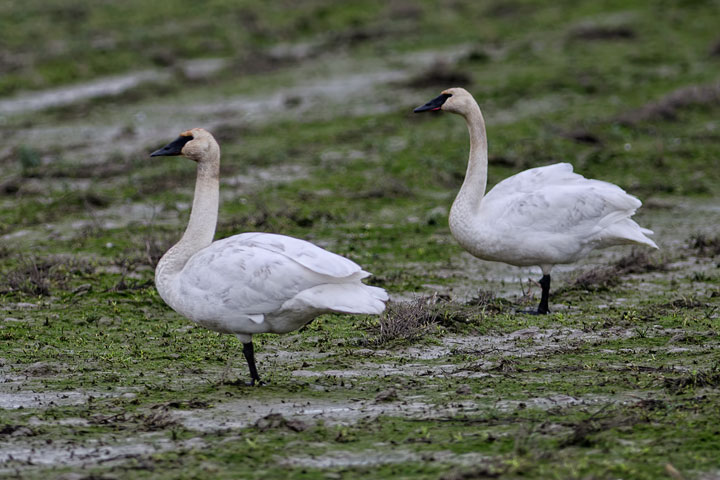
Cormorants are common on the Coast, but around Kootenay Lake they are usually only seen at the south end of the Main Lake.
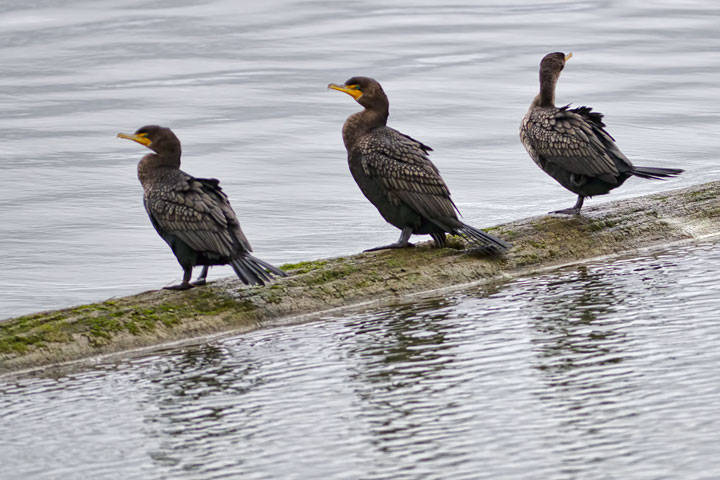
The Great Blue Heron is common both at the Coast and at Kootenay Lake. This one in Ladner is looking particularly blue.
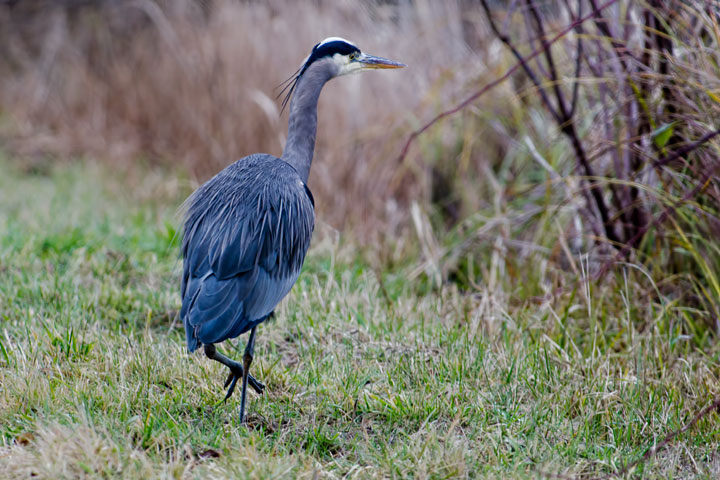
Another picture that could have been taken here, but was taken at the Coast, is this one of wigeons flying.
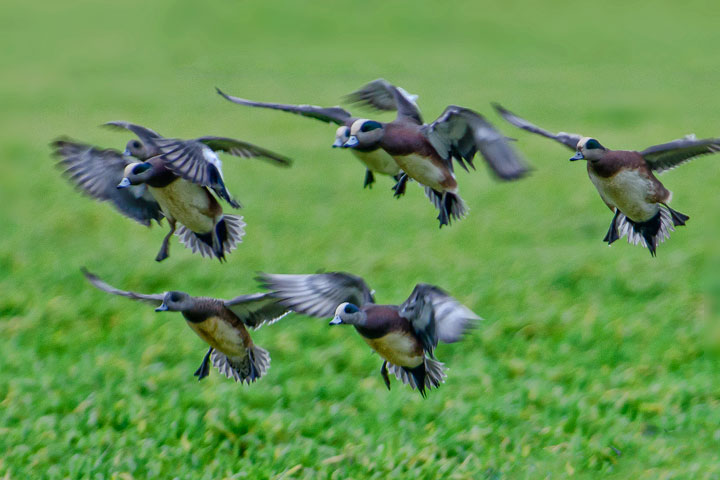
Red-tailed Hawks are seen across BC, but the Western subspecies, shown here with its characteristic brown head, is confined to the southwest corner.

Here are two eagles foraging in a field. They could have been seen anywhere across the Province. This is the adult.
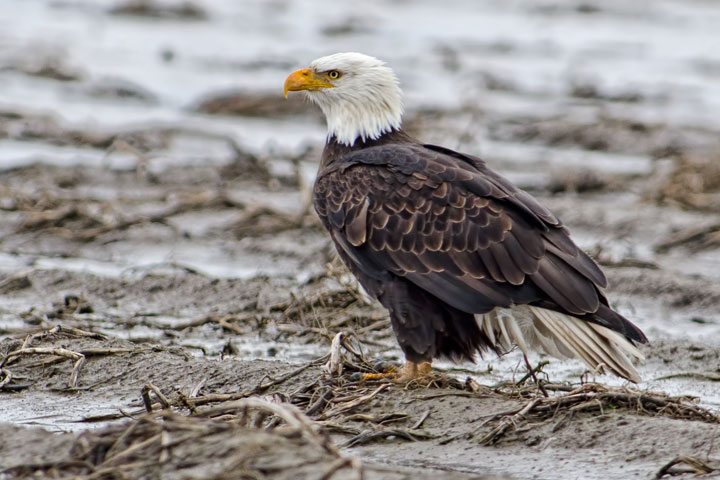
The second eagle is a juvenile. It looks like what is called a Basic I which is a one-and-a-half year old. So this bird would have been hatched in 2010.

Finally there is the Clark’s Nutcracker, a bird that can be seen anywhere in southern BC, but this one was photographed in Keremeos.
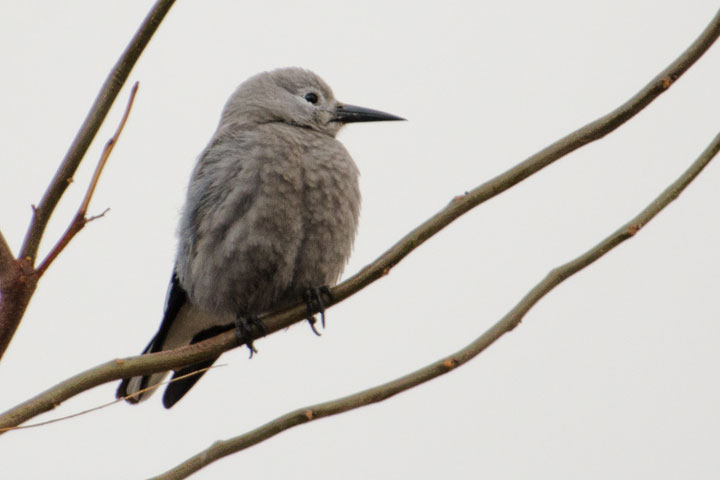

I like the variety of species captured in passing while making the coastal pilgrimage 🙂 I’ve gone through my 218 images of Great Blue Heron from our rookery here at St Eugene and I only have Silvery and blue Grey birds in this group. I thought some would have been bluer from other seasons or times of the year but they are pretty uniformly , GREY 🙂
Oh, yeah. I’m thinking that the Clark’s Nutcracker is a juvenile or in some kind of molt because I have never seen this coloration or feather type before in the species which I’ve seen with considerably often for 40 years in the East Kootenay. Yours is very different ! ! ! 🙂